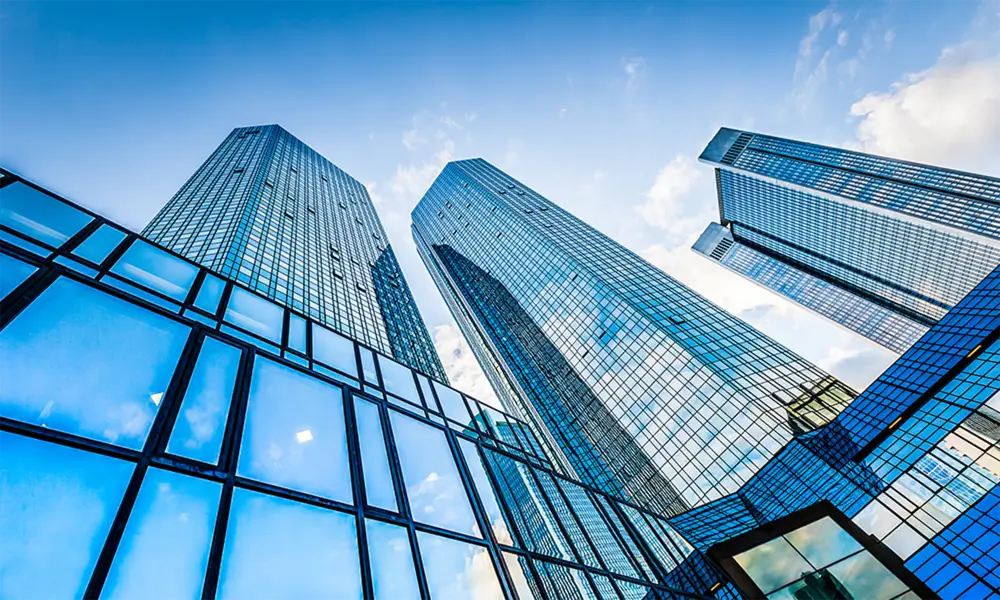

The Allure of Decorative Glass Transforming Spaces with Elegance
Decorative glass has become an increasingly popular medium in architecture and interior design, captivating audiences with its unique ability to blend functionality with artistic expression. This versatile material, ranging from stained glass to etched designs, serves not only as a practical solution for dividing spaces and controlling light but also acts as a stunning aesthetic feature that enhances the ambience of any environment.
One of the most alluring aspects of decorative glass is its versatility. It can be employed in various applications, including windows, doors, partitions, and lighting fixtures. The use of decorative glass allows for a seamless integration of art and utility, making it a preferred choice for both residential and commercial spaces. For example, frosted glass panels can provide privacy for office spaces while still allowing natural light to fill the room, creating an open yet private atmosphere. Meanwhile, colorful stained glass windows can transform a simple room into a vibrant, inspiring environment, as light filters through, casting beautiful patterns and hues onto surrounding surfaces.
The artistic potential of decorative glass is almost limitless. Artists can manipulate glass through techniques such as blowing, molding, and slumping, resulting in one-of-a-kind pieces that reflect individual styles and preferences. The intricate designs can range from geometric patterns and floral motifs to abstract art, allowing property owners to select pieces that resonate with their personal aesthetic or brand identity. Commercial establishments, such as cafes and boutiques, have increasingly embraced decorative glass installations to enhance their space’s character and attract customers.

Moreover, decorative glass contributes to sustainability efforts within design. Many artisans are now creating eco-friendly glass products using recycled materials, reducing waste while maintaining high-quality standards. By choosing decorative glass made from sustainable practices, homeowners and businesses can contribute to environmental conservation while enjoying the numerous benefits this material offers.
In terms of maintenance, decorative glass is relatively easy to care for. It typically requires only regular cleaning with a mild detergent and a soft cloth. Unlike traditional wall treatments or artworks, decorative glass is less susceptible to fading or damage from moisture or sunlight, making it a longer-lasting choice for decor. This durability makes it an economically wise investment in the long run, as its beauty remains intact over time.
One emerging trend in the realm of decorative glass is the integration of technology. Smart glass, which can change its opacity or tint, allows users to control light and privacy at the touch of a button. This innovation not only provides practical benefits but also modernizes the aesthetic appeal of spaces, catering to tech-savvy individuals who appreciate the fusion of art and technology.
In conclusion, decorative glass stands as a testament to the harmonious blend of art and function. Whether incorporated into residential spaces, businesses, or public buildings, it enhances the visual vocabulary of the environment, creating moments of beauty and reflection. As styles evolve and sustainable practices gain ground, decorative glass will undoubtedly continue to inspire creativity in design. Its ability to transform ordinary spaces into extraordinary experiences ensures that this timeless material remains a focal point in both past and future architectural innovation. With endless possibilities for customization, decorative glass is not just a building material; it is a canvas for artistic expression that resonates with elegance and sophistication.